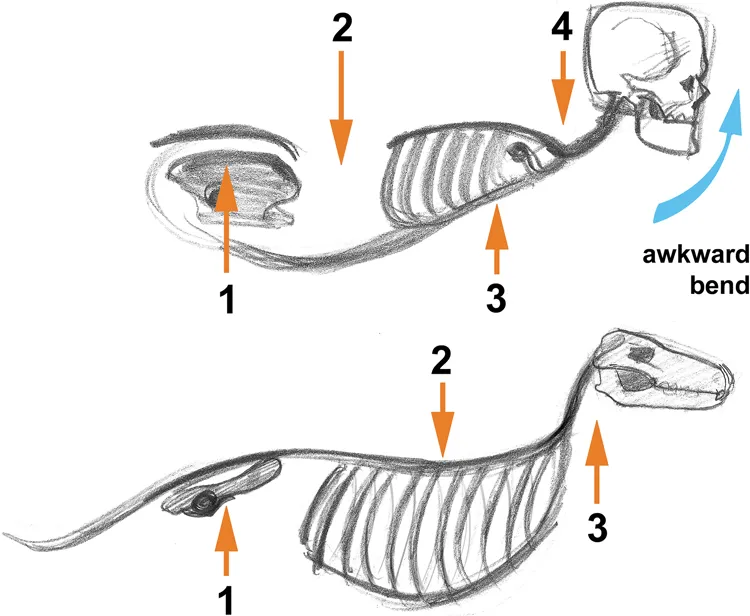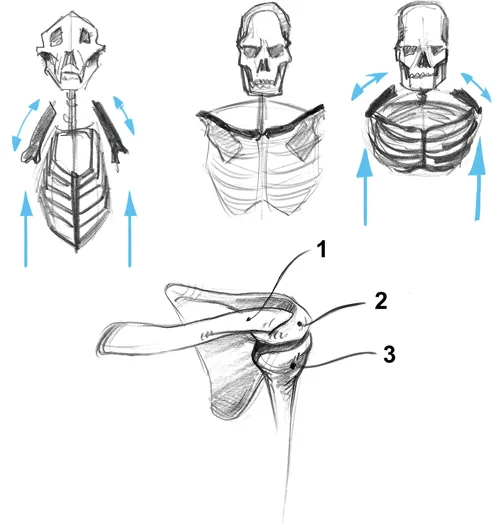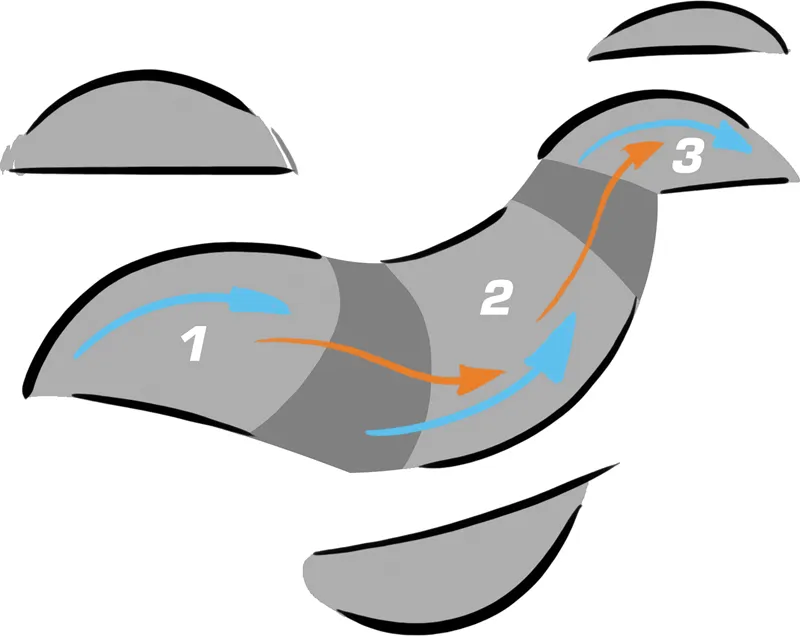
Force: Animal Drawing
Animal Locomotion and Design Concepts for Animators
Mike Mattesi
- 200 páginas
- English
- ePUB (apto para móviles)
- Disponible en iOS y Android
Force: Animal Drawing
Animal Locomotion and Design Concepts for Animators
Mike Mattesi
Información del libro
This 10th Anniversary Edition of Force: Animal Drawing: Animal Locomotion and Design Concepts for Animators offers readers an enlarged and an enhanced selection of images that apply FORCE to animals. With larger images, readers can better appreciate and learn how to bring their own animal illustrations to life. New drawings and facts about the animals create a more comprehensive edition for your library. Readers will also adapt key industry techniques that will help personify animal animations as well as endowing their creations with human-like expressions and unique animal movement. content can be found at DrawingFORCE.com
Key Features:
• This full-color 10th Anniversary Edition makes FORCE even easier to understand through great diagrams and illustrations
• Color-coded page edges help you find more easily the animal you want to draw
• Learn about key specifications for each mammal such as their weight range, food they eat, and how fast they run
• Video content can be found at DrawingFORCE.com
Preguntas frecuentes
Información
Chapter 1
The FORCE Animal
Step One
Counting FORCES

Step Two
FORCE Comparison between Man and Animal

- There is an upward FORCE in the hips, similar to the human.
- Then, there is a downward FORCE in the human lower back. In the animal, downward FORCE occurs much further up the spine where the weight of the ribcage and all the animal’s internal organs are pulled down by gravity. This difference will lead us to further investigation.
- In the human, the third FORCE pushes up into the upper back, whereas in the animal, we find our last FORCE pushes up the neck and head. So the FORCE that is missing in the animal is the upward FORCE in the shoulders and upper back. Let’s take a closer look at this region of anatomy and figure out why this is occurring.
Step Three
Front-View Cross Section: Man-to-Animal Comparison of Scapula (Shoulder Blade) Movement

- The human’s ribcage is in a more horizontal alignment. The blades slide left and right along the back of the body. They can also rotate to some degree on the back’s surface.
- An animal’s ribcage is primarily vertical in its alignment. This allows for the blades to slide along the long axis of its ribcage. This also stops animals from stretching their forelimbs away from their ribcage, otherwise known as brachiating.
Step Four
Skeletal Differences in the Shoulder Region

- Primates and humans have clavicles or collarbones. The close-up image on the bottom presents that skeletally the clavicle (attached to the ribcage), scapula, and humerus, or upper arm bone, all lock into one another. This is VERY IMPORTANT! Why?
- If a human were to lie horizontally, similar to a push-up position, this position would affect him by skeletally supporting his ribcage and upper body because of the chain of structures we just discussed. This observation is important because if we remove the clavicle/collarbone, the scapula has nothing to attach itself to and neither does the humerus bone in the upper arm! Just to make my point clear, this means that all the weight in the front end of an animal’s body is supported by the sliding scapulas and the muscles that surround them. When we, as human beings, do a push-up and position ourselves horizontally, our ribcage and internal organs are supported by the skeletal structure of the clavicle, scapula, and humerus! An animal does not possess this skeletal support!
- The ribcage and all the internal organs of the animal suspend from the two pillars of the forelimbs. This is crucial to the number of FORCES in our FORCE animal and where the FORCES are located.
The Big Reveal!

- This area represents the upward FORCE in the hip region. This occurs here because the spine is attached to the hips. The bottom of the shape in this area offers a straight line to support the upward FORCE.
- This section presents what we...